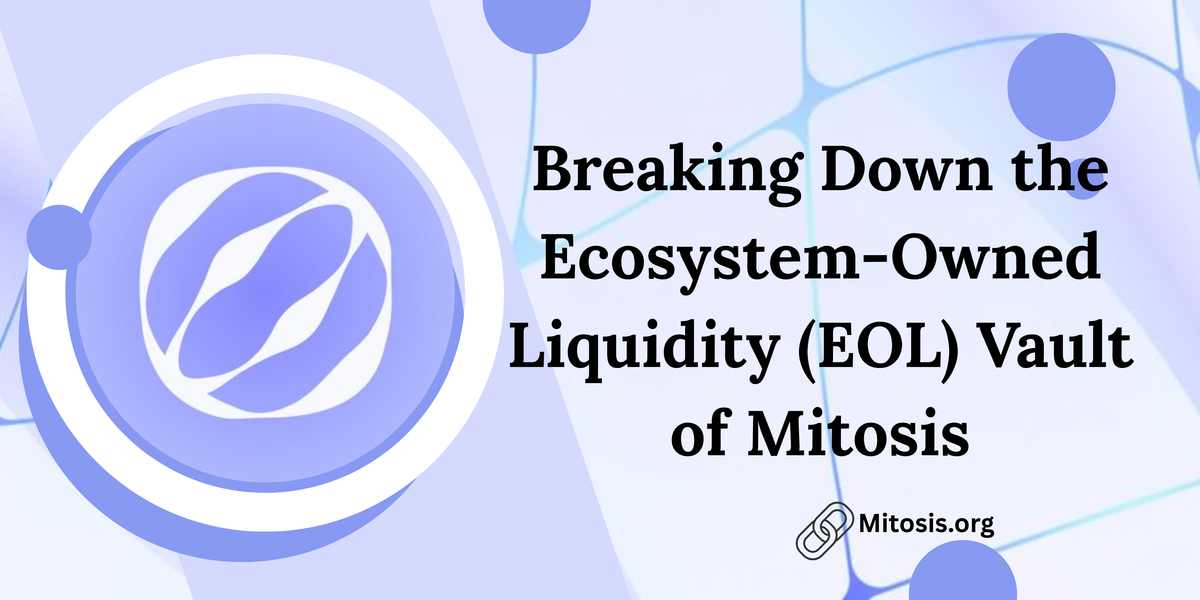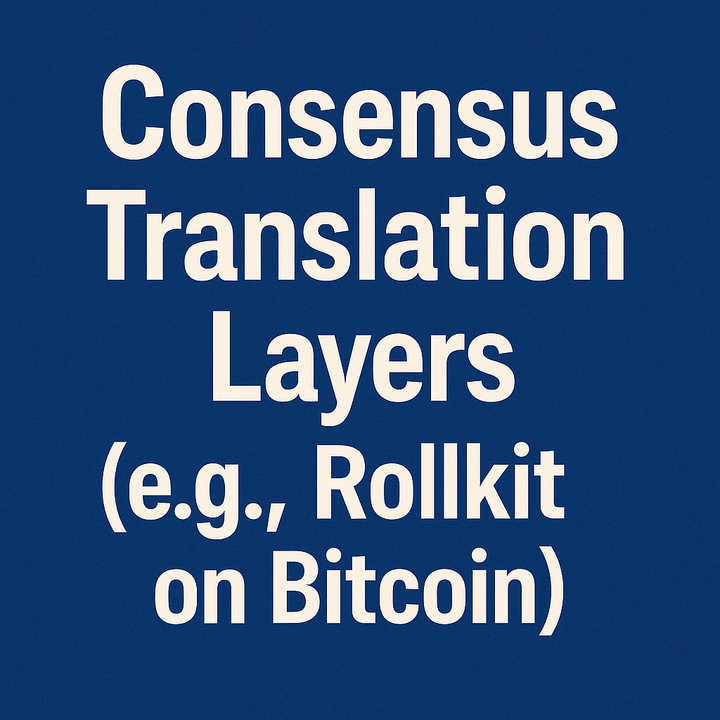Breaking Down the Ecosystem‑Owned Liquidity (EOL) Vault of Mitosis

Mitosis’s Ecosystem-Owned Liquidity (EOL) Vault is changing the game for earning yield in DeFi. It allows you to pool your assets into a shared strategy engine that works across various blockchains. Rather than jumping from one farm to another, you simply “opt in” your Hub Assets to create miAssets—tokens that automatically adjust their value based on the profits or losses generated by the strategies. With clear, on-chain settlement logic and community governance, EOL makes it easy for even beginners to dive into advanced yield generation, all while keeping full control of your principal. See https://docs.mitosis.org/assets/files/mitosis-litepaper-6e8de95ce2bb14f8c2d2ffc8c272b9f3.pdf?
What exactly is the EOL Vault?
Well, it's a smart contract designed to take in Hub Assets—those are your ERC‑20 tokens that represent deposits in the main Mitosis Vault. In return, it mints miAssets at a flexible exchange rate. These miAssets serve as your ticket to the pooled liquidity, which the protocol skillfully invests across trusted DeFi strategies on platforms like Ethereum, Arbitrum, Linea, and others. By streamlining how strategies are allocated, EOL is able to leverage scale and boost yields far beyond what individual liquidity providers could manage on their own. See https://docs.mitosis.org/docs/developers/protocol/mitosis-vault?
Opt‑In Process: Minting Your miAssets
To get involved, all you need to do is deposit Hub Assets using the Mitosis App or directly through the EOL smart-contract interface. Once your deposit is logged on the Mitosis Chain, you'll receive an equivalent amount of miAssets (like miETH for your ETH deposits). The number of miAssets you get will match the current exchange rate between miAssets and Hub Assets. This “opt-in” process happens right away, so you can start earning as soon as your miAssets show up in your wallet. See https://docs.mitosis.org/docs/developers/protocol/eol-settlement?
Under the Hood: ERC‑4626 Standard
EOL Vaults are built on the ERC‑4626 tokenized vault standard, which means you get a user-friendly deposit and withdrawal interface that easily fits into the existing DeFi ecosystem. Although miAssets aren’t rebasing tokens just yet, they do offer standard functions like deposit() and redeem(). Plus, there are specialized opt-out queues in place to manage withdrawals, ensuring that the vault maintains enough liquidity for smooth settlements. See https://docs.mitosis.org/docs/learn/governance/architecture?
EOL Settlement: Synchronizing with Real‑World Performance
At the heart of EOL’s commitment to transparency lies its three-phase settlement process: yield settlement, loss settlement, and the distribution of extra rewards. Each of these phases works to align on-chain vault balances with the actual results of the strategies in play, making sure that your miAsset exchange rate accurately reflects real performance, without any sneaky fees or slippage. See https://docs.mitosis.org/docs/learn/governance/architecture?,
- Yield Settlement
When a connected strategy brings in profits—let’s say, 1 ETH in returns—the Asset Manager mints 1 ETH of Hub Assets into the EOL Vault, which in turn adjusts the miAsset-to-Hub-Asset rate. This whole minting process is recorded on-chain, providing you with verifiable proof of every yield event. See https://docs.mitosis.org/docs/learn/governance/architecture? - Loss Settlement
On the flip side, if a strategy takes a hit, like a 0.5 ETH shortfall, the system will burn 0.5 ETH of Hub Assets from the vault, which lowers the miAsset exchange rate to reflect that loss. This burning mechanism helps maintain the integrity of the pooled assets by clearly accounting for any underperformance. - Extra Rewards Distribution
In addition to the main yields, EOL Vaults also hand out bonus tokens—think protocol incentives or partner rewards—through regular settlements. These extra rewards can either be minted as Hub Assets or distributed directly to miAsset holders, giving you an additional layer of returns on top of how well the strategy performs. See
Governance: Your Voice in Strategy Allocation
If you hold miAssets, you get to have a say in how things are run! Your voting power is determined by a Time-Weighted Average Balance (TWAB), which allows you to propose and vote on new strategies and how resources are allocated. The governance process is split into two phases—Initiation and Gauge votes—making sure that decisions are made democratically and on-chain, guiding liquidity to the protocols you support. See https://docs.mitosis.org/docs/developers/protocol/eol-governance?
Benefits for Newcomers
- Effortless Multi‑Chain Exposure: Deposit once and earn yields across all supported networks—no manual bridging required
- Hands‑Off Yield Optimization: Your miAssets auto‑adjust in real time, so you never need to rebalance or claim multiple rewards
- Transparent Settlements: Every mint and burn event is visible on‑chain, so you always know exactly where your returns come from.
In conclusion, as you take a step back from the intricate details of EOL Vault, one thing stands out: Mitosis has crafted a perfect blend of security, automation, and community control that completely reimagines yield farming. By turning idle Hub Assets into vibrant miAssets, transparently minting and burning tokens to reflect real-world performance, and empowering users to make strategic decisions, the EOL Vault rises above the disjointed, manual, and often unclear methods of traditional DeFi. Here, complexity is simplified into a smooth experience—just deposit once, watch your miAssets grow automatically, and exercise your governance power whenever you like. This isn’t just a vault; it’s a dynamic ecosystem that learns, adapts, and evolves with every participant. By choosing EOL, you’re embracing a new era where trust is built on-chain, rewards are designed for sustainability, and your voice genuinely influences the future.



Comments ()